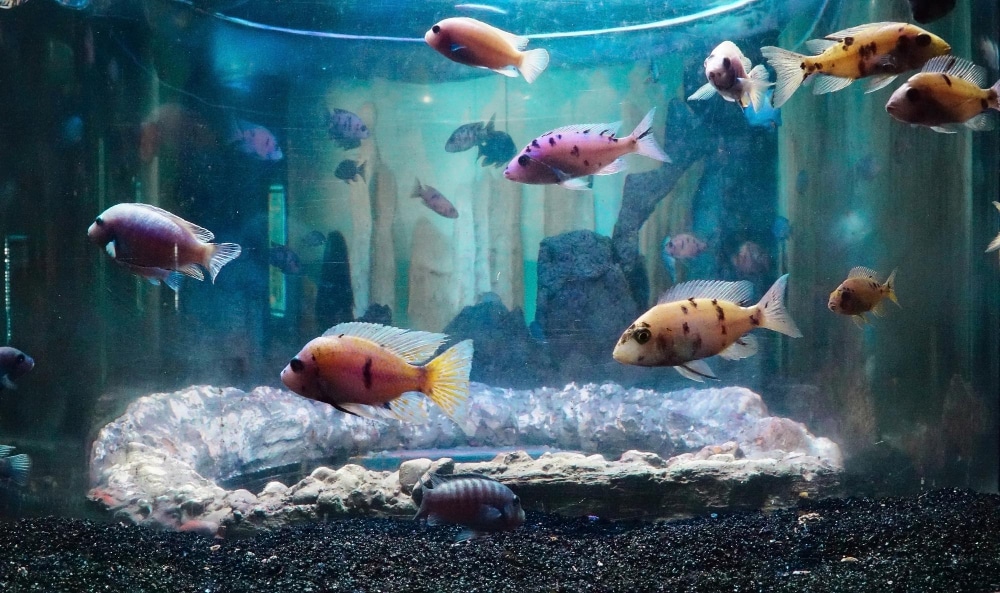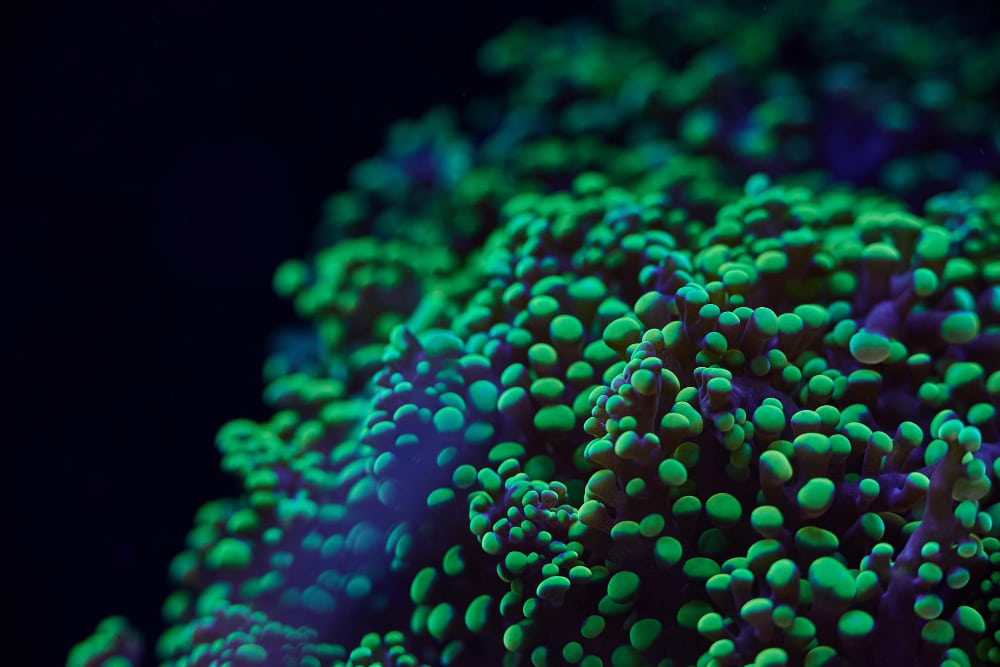Chalice Coral: A Comprehensive Guide for Beginners
Corals are not just beautiful creatures that add color to an underwater world, but they also play a vital role...
Jim Sabellico
June 14, 2022

If you are thinking about setting up a reef tank, one of the decisions you will have to make is whether to go with a shallow or deep tank. So what is a shallow reef tank? A shallow reef tank is one that is less than 18 inches deep.
This type of tank can be a great option for people who are new to reef keeping, or those who don’t have a lot of space. In this blog post, we will discuss the pros and cons of shallow reef tanks, and help you decide if this type of tank is right for you!
Reef tanks are usually shallow, between two and six feet deep, because most of the organisms that live on reefs are found in the upper levels of the water column. In addition to being shallow, reef tanks also have a lot of live rock and coral. Saltwater tanks can be either shallow or deep, but they do not typically have as much live rock and coral as reef tanks.
A shallow reef tank is easier to maintain because there is less water to change, but it is also more susceptible to fluctuations in temperature and pH levels.
While both kinds of aquariums can be beautiful and fascinating to watch, they each require different levels of care in order to maintain the delicate balance of the ecosystem within.
Reef tanks can be extremely shallow, as little as 6 inches of water is enough to maintain most species of coral. In fact, Shallower reef tanks have several benefits over deeper ones. First, they allow for much better lighting which leads to healthier corals and brighter colors. Second, by having a shorter distance that the water needs to travel vertically, there is much less of a chance for oxygen pockets to form which can lead to problems with anaerobic bacteria.
There are also efficient methods of filtration and wave-making that can be used in shallow reef tanks that help to prevent problems often seen in deeper tanks. But in general, the shallowest reef tanks are usually no more than 18 inches deep, and the vast majority of reef tanks are between 24 and 36 inches deep.
If you’re considering setting up a shallow reef tank, there are some things you need to know first. We’ll discuss the pros and cons of shallow tanks, and help you decide if it’s the right choice for you. So, read on to learn more!
One of the biggest pros of shallow reef tanks is that they are easier to maintain than deep reef tanks. This is because there is less water in the tank, which means you have to do less water changes. In addition, shallow reef tanks are also more forgiving if you make a mistake when adding chemicals or cleaning the tank.
It’s less expensive to set up – Shallow reef tanks require less equipment and fewer fish to maintain the same level of beauty as a deep reef tank. It’s also a great option if you don’t have a lot of space. They can be placed on a countertop.
Due to its size, a shallow reef tank requires less light to support the growth of corals and other invertebrates, making it ideal for keeping corals thriving in an office or other location where natural lighting is not available.
Shallow reef tanks are often popular with beginners because they are cheaper and easier to set up than deeper tanks. However, there are some disadvantages to shallow tanks that should be considered before making a purchase. Firstly, the lack of depth limits the variety of fish and corals that can be kept in a tank.
Secondly, shallow tanks can be difficult to navigate, especially when filled with live rock and corals. Finally, shallow tanks can heat up more quickly than deeper tanks, meaning that more careful management is required to keep the temperature stable.
You also need to be careful not to over-feed your fish, or they will become overweight and unhealthy. Despite these disadvantages, a shallow reef tank can still be a great way to start out in reef keeping.
With careful selection of fish and corals, as well as appropriate tank maintenance, a shallow reef tank can be a beautiful and low-maintenance aquarium.

Some of the most popular corals for shallow reef tanks include Gonipora, Euphyllia, Acropora, Micromussa, and Cycloceris.
Some of the most popular fish for shallow reef tanks include clownfish, damselfish, dottybacks, gobies, and wrasses.
A shallow reef tank is a great option for beginners because it doesn’t require as much maintenance as a deep reef tank. It can be kept at a depth of around 18 inches, which means you won’t have to worry about water changes as often.
In addition, a shallow reef tank typically uses less energy than a deep reef tank and it’s more cost-effective to operate. So if you’re looking for an easy way to get into the hobby of keeping saltwater aquariums, consider starting with a shallow reef tank!

I am the founder of J. Louis, a digital marketing agency focused on providing innovative solutions and strategies built on a foundation of creative design and technology. A family man who loves travel and reef tanks, I’ve been coined as a jack of all trades, master of a few of them, most specifically website and sales funnel design, monetization and growth strategies, and viral marketing. I began pursuing my passions for business by cutting my neighbor’s lawns when I was just 8 years old and never looked back. Over the past 20 years, I have amassed significant experience providing consulting, design and development services for Fortune 500 companies, government, retail, private individuals, and A-list celebrities.
Corals are not just beautiful creatures that add color to an underwater world, but they also play a vital role...
As we move into the new year, it's time to start thinking about what reef tank LED lighting kits will...

Proceeds from all purchases go directly to Great Barrier Reef Foundation and supporting their mission.
Want to stay connected with all the latest news in the Reef Tank Addict community? Drop your email below!
Proudly Supporting The Great Barrier Reef Foundation
Copyright © 2023. All rights reserved.